System Sensor CO1224TR Manual
System Sensor
Gasdetektor
CO1224TR
| Mærke: | System Sensor |
| Kategori: | Gasdetektor |
| Model: | CO1224TR |
Har du brug for hjælp?
Hvis du har brug for hjælp til System Sensor CO1224TR stil et spørgsmål nedenfor, og andre brugere vil svare dig
Gasdetektor System Sensor Manualer

14 August 2024
Gasdetektor Manualer
- König
- DeWalt
- Eminent
- Popp
- Protector
- Smartwares
- Dahua Technology
- Vimar
- Steinel
- Sauermann
- Nedis
- Joy-It
- Crowcon
- SRS
- AngelEye
Nyeste Gasdetektor Manualer

27 Oktober 2025
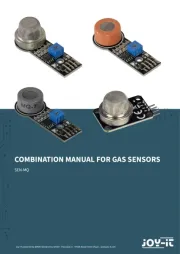
8 Oktober 2025
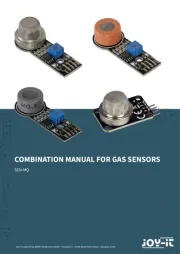
8 Oktober 2025
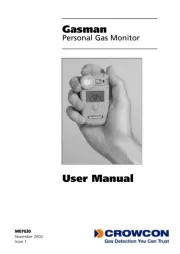
25 September 2025
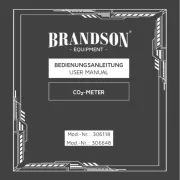
14 September 2025
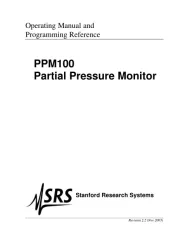
3 September 2025
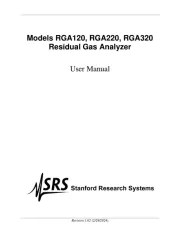
2 September 2025
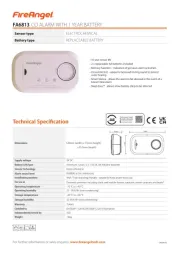
2 September 2025
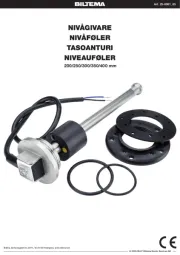
1 September 2025
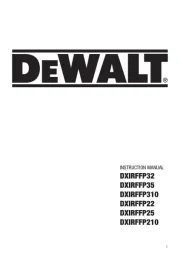
22 August 2025
